7 Of The Most Impressive Things That Happened At NASA In 2017
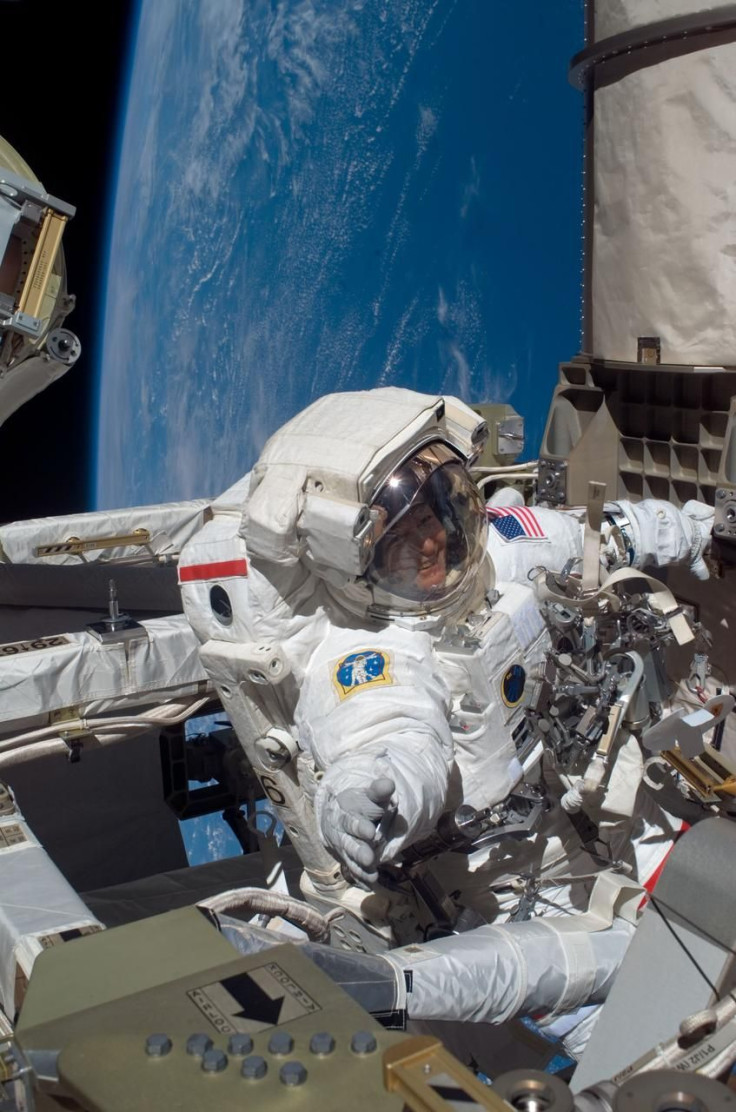
The closer we get to the conclusion of 2017 the more we reflect on the last 12 months, the ups, the downs, and everything in between. If you're feeling there isn't much to celebrate, you're forgetting about all the major events and findings that happened at NASA.
There were plenty of new discoveries, records that were broken, and promises for future research at the space agency this year it can be difficult to narrow it down to some of the most important or momentous ones. Here are seven of the highlights from NASA, in no particular order.
Announcement of the TRAPPIST-1 exoplanet discovery
In February, NASA made a huge announcement, the Spitzer Space Telescope had located seven Earth-sized planets orbiting the TRAPPIST-1 ultra-cool dwarf star about 40 light-years away, and three of those planets are located in the habitable zone. “The discovery gives us a hint that finding a second Earth is not just a matter of ‘if,’ but ‘when,’” Thomas Zurbuchen, associate administrator of the Science Mission Directorate at NASA said at the press conference about the discovery.
Since that announcement, NASA learned even more about the planets and the star including the confirmation of the orbit of one of the planets in the system, as well as clues that there might be water on the planets.
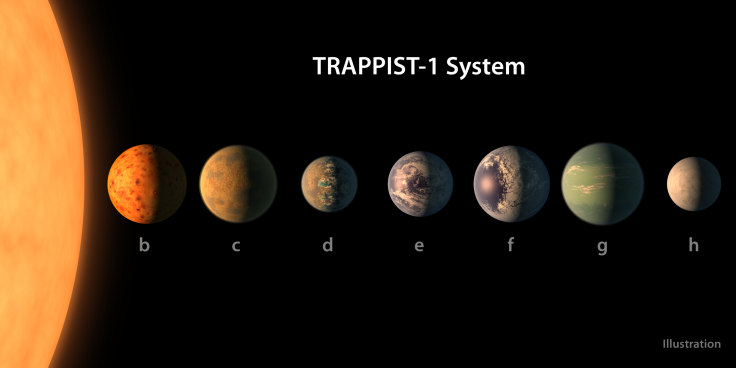
Astronaut Peggy Whitson breaks another record
NASA astronaut Peggy Whiston has been breaking records for almost her entire career with NASA. She was the first science commanders of the International Space Station, the first female commander of the station, the first female to command the station twice, and she's the female NASA astronaut who holds the record for most spacewalks. That's not all, at the conclusion of Expedition 52, that was extended by three months in April, Whitson also earned the title as the NASA astronaut who has spent the most time in space.
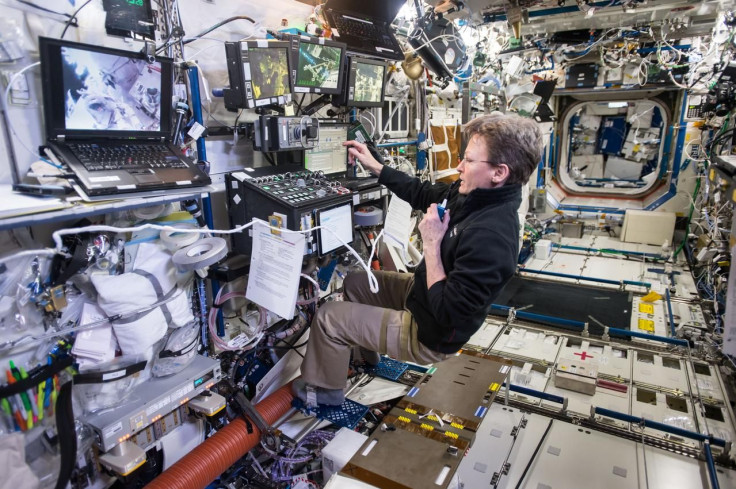
The 2017 solar eclipse
For one day in August people all across the country stopped what they were doing and ran outside to see what was affectionately labeled "The Great Solar American Eclipse." People talked about the eclipse for months before it happened, bought glasses, and even planned vacations to locations in the path of totality. It was the first total solar eclipse the United States saw since 1972 and it drew quite the crowd. NASA had coverage from 15 locations all across the country and ran more than 10 experiments and studies during the event, many focused at understanding the sun's corona better. The data collected during the eclipse is still in the review process and is abundant.
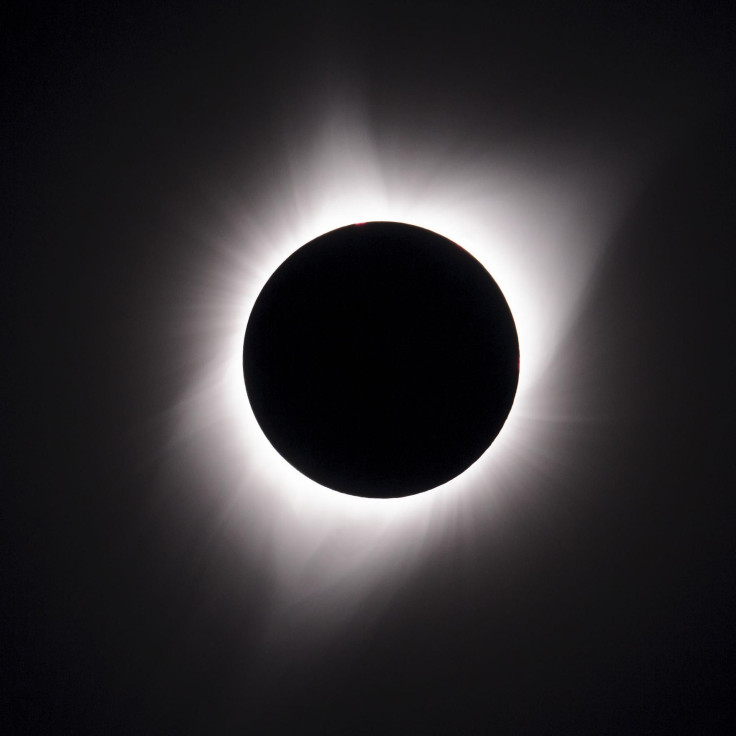
Vice President Mike pence announced that NASA will send people to the moon again
Vice President Mike Pence was appointed the chairman of the newly revived National Space Council earlier this year and in October announced a new goal for NASA: to send people back to the moon. “The President has charged us with laying the foundation for American to maintain a constant commercial human presence in low-Earth orbit. From there, we will turn our attention back toward our celestial neighbors. We will return American astronauts to the moon not only to leave behind footprints and flags but to build the foundation we need to send Americans to Mars and beyond,” Pence said from a podium at the Kennedy Space Center in Florida.
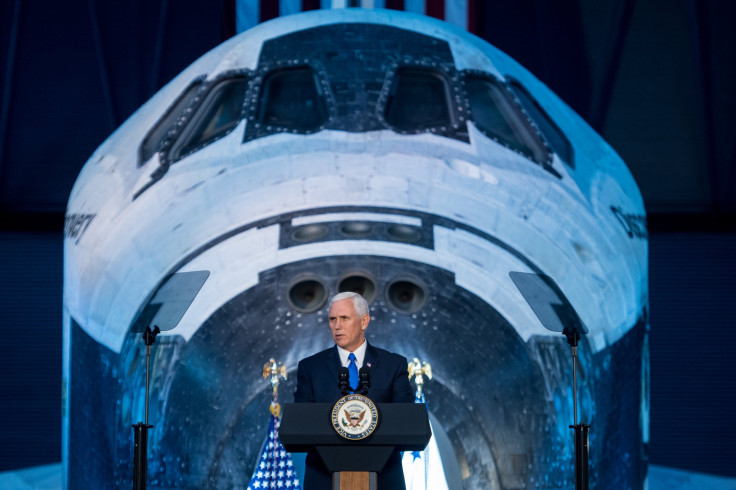
The grand finale of the Cassini mission
The finale of the Cassini mission was a bittersweet end for pretty much anyone who followed or worked on the little craft's research over the years. The craft launched in 1997 and began its seven year journey to the Saturn. There it made groundbreaking discovers about the planet and its moons. The planning for the mission started in the 80s and spent decades sending data back to NASA. On Sept. 15 the craft plunged into the atmosphere around Saturn to its death. The craft was sent to burn up in the atmosphere of the planet to eliminate the risk that it could crash and contaminate the moons around the planet after it lost power.
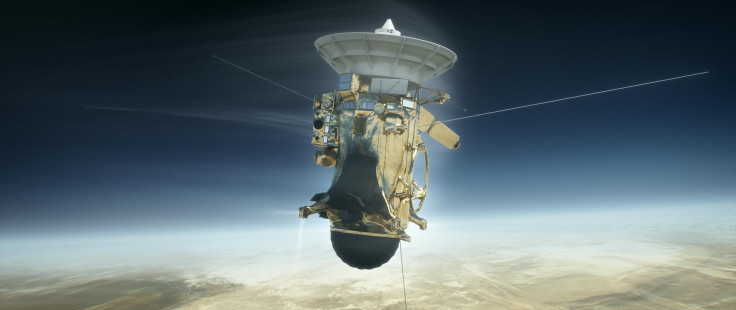
The astronaut candidate class of 2017 was announced
In June, NASA revealed the newest astronaut candidate class. There are 12 people in the new astronaut class, slightly more than most do. The candidates were chosen from more than 18,000 applicants who applied between December 2015 and February 2016 and then underwent months of interviews. All of the candidates had to meet the minimum requirements of a STEM field undergraduate degree, United States citizenship, and they have to pass the basic astronaut physical.
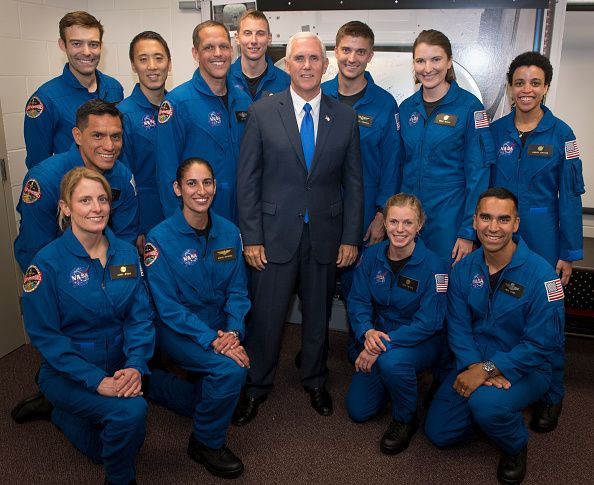
Disaster monitoring and relief efforts
Hurricanes, earthquakes, and wildfires hit the U.S. and Mexico during the last couple of months of the year and NASA worked hard to monitor them all. NASA helped provide maps of areas damaged by hurricanes and the major earthquakes that hit Mexico. The map of Mexico showed what the land looked like in the days before the earthquake and then in the days following the earthquake so that officials had information one which roads were damaged and which areas of the country sustained worst of the quake. NASA did something similar for the wildfires that were burning in California in October, as well as those burning in December.

In addition to these events and records, NASA also woke up the Voyager craft and fired its thrusters for the first time in decades, discovered a weirdly shaped interstellar asteroid, pledged to work with Russia's Roscosmos to establish a "deep-space gateway" near the moon, and sent a craft out to land on an asteroid using the Earth's gravity for power. To learn about more of the impressive things that went on at NASA this year, check out this video that NASA put together to sum up 2017.
© Copyright IBTimes 2024. All rights reserved.





















